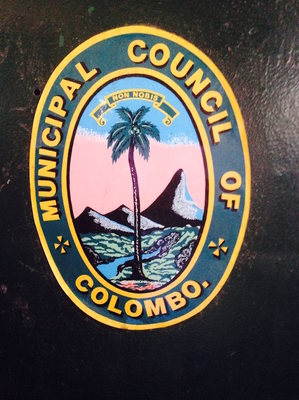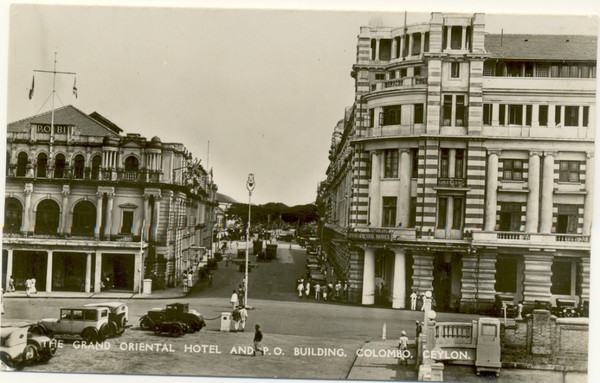By Phil Jarratt
TODAY’S column comes to you from a battered old desk in a large wood-lined and slightly musty hotel room at the Grand Oriental Hotel at Colombo Harbour, Sri Lanka.
The gushing introduction to the hotel on Channel 1 of our antiquated room television promises “spectacular views over Colombo Harbour from every room at the hotel known throughout history as the peer of paradise”, but I guess at about $100 a night we fell below the price barrier for a harbour view because ours is of the external air-conditioning unit which is currently playing host to three rather worrying turds that are much larger than normal bird-size, plus the junk-filled backyard of a block of flats beyond.
But that said, I love it here. Not since I found a bullet hole in the bathroom window of our similarly decrepit hotel in Havana, Cuba, have I been so excited by proximity to the glorious decay of grandeur. And, over breakfast in the Harbour Room Restaurant on the floor above us, I was able to gaze out over the panorama of a working harbour – I grew up with a distant view of the Port Kembla smoke stacks, so put my fascination down to that – while feasting on superb hoppers and curries covered with seeni sambol.
From the fuzzy story on the TV, I have also learnt that Marshall Tito, Mao Tse Tung and numerous other murderous dictators have stayed here, as well as Anton Chekhov and Indira Gandhi, to somewhat balance the ledger. Built in 1837, the Grand Oriental served as the Resident’s residence, until becoming a hotel in the latter years of the century, when it still enjoyed the most salubrious position in town, a claim since surrendered to the stately Galle Face Hotel a kilometre or so down the beach, away from the noise and the smells of the port.
I remember my parents talking about stopping off in Colombo as they sailed home from their grand European adventure more than half a century ago, and my dad complaining bitterly about the smells and bustle of the “filthy docks filled with beggars and sailors”. (He was a RAAF man, through and through.) I doubt much has changed in this part of Colombo, but just a few blocks away, alongside the clutter and craziness of the Sri Lankan capital, you can also find sedate and restful English gardens, the stern facades of Dutch churches and the most amazingly colourful Bhuddist and Hindu temples. In short, it’s a port town that still reflects its colourful cultural history, moving from one spice trade invader to the next, and even now, almost 70 years since independence, more the sum of its parts than an island nation with its own identity.
I write this, mind you, from the lofty position of some 18 hours of observation of the old port town of about a million people. This is my first visit, but Sri Lanka has been on my bucket list for quite a few years, so I’ve done my homework. I know, for example, that relative peace was restored half a dozen years ago after more than 40 years of sporadic civil war between the Tamils and Sinhalese. I know, as our tuk-tuk driver reminded us this afternoon, that they are “bloody good at cricket”. And I know that the ethnic and religious mix continues to get more complex. While Buddhists are in the majority nationally, they are a minority in Muslim-dominated Colombo.
The potential for future trouble is obvious, but the people seem so damn happy that it’s easy to get caught up in their smiley indifference to the world beyond the present.
This afternoon we wandered the Galle Face Green, a crazy promenade adjacent to a choppy sea, and ate delicious street food from vendors pushing dilapidated carts before settling at the bar of the Galle Face Hotel to watch the sunset and sip on a predictably colonial gin and tonic. It was mostly locals and Brits at the garden bar, and no one even blinked when a piper led a uniformed bellboy down to the edge of the croquet lawn to lower the flag as the sun dipped below the horizon.
I’ve been in plenty of places where the last gasp of colonialism is being played out, from George Town, Penang to Old Honolulu, but this was a particularly odd little ritual – kind of nice in its trite way – because on the other side of a wall that most of them never cross, the real Sri Lankans were singing and dancing along the beach strip, celebrating their own very different future.
We leave early on the train for Galle. More from Sri Lanka next week.









